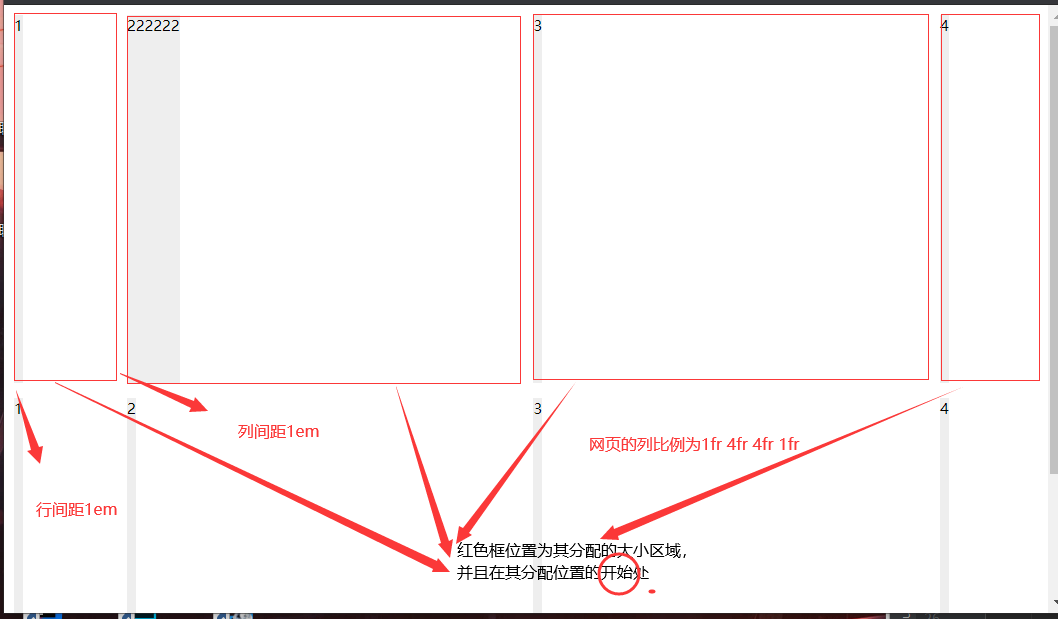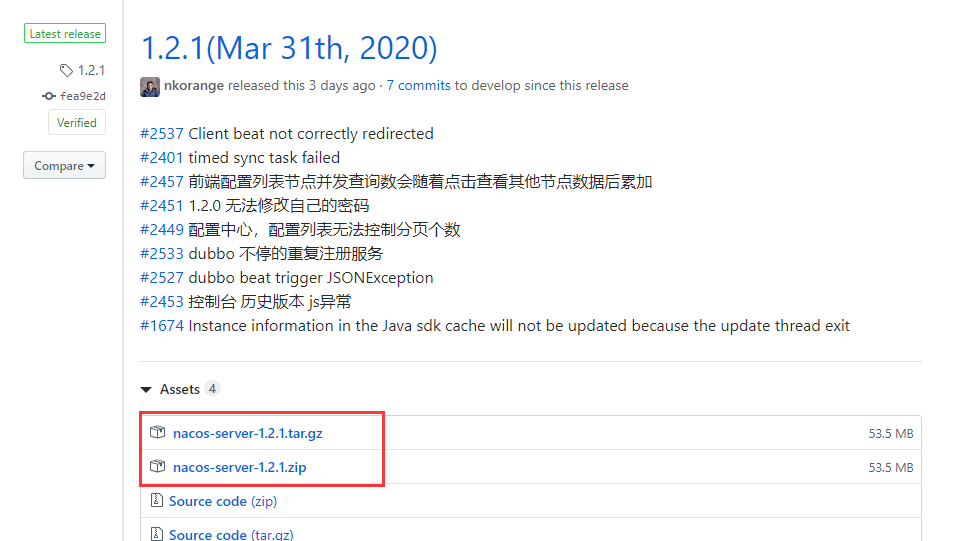C/C++编程:字符流输入流std :: istream
std :: istream
typedef basic_istream<char> istream;Input stream
输入流对象可以读取和解释字符序列的输入
这是一个basic_istream实例 具有以下模板参数:
模板参数 定义 评论 charT char成员char_type的别名 traits char_traits<char>成员traits_type的别名
std :: istream::istream
initialization (1)
explicit istream (streambuf* sb);copy (2)
istream& (const istream&) = delete;move (3)
protected: istream& (istream&& x);作用:构造对象
// istream constructor#include <iostream> // std::ios, std::istream, std::cout#include <fstream> // std::filebufint main () {std::filebuf fb;if (fb.open ("test.txt",std::ios::in)){std::istream is(&fb);while (is)std::cout << char(is.get());fb.close();}return 0;}
" class="reference-link">
std :: istream::operator>>
arithmetic types (1)
istream& operator>> (bool& val);
istream& operator>> (short& val);
istream& operator>> (unsigned short& val);
istream& operator>> (int& val);
istream& operator>> (unsigned int& val);
istream& operator>> (long& val);
istream& operator>> (unsigned long& val);
istream& operator>> (long long& val);
istream& operator>> (unsigned long long& val);
istream& operator>> (float& val);
istream& operator>> (double& val);
istream& operator>> (long double& val);
istream& operator>> (void& val);stream buffers (2)
istream& operator>> (streambuf sb );manipulators (3)
istream& operator>> (istream& (pf)(istream&));
istream& operator>> (ios& (pf)(ios&));
istream& operator>> (ios_base& (*pf)(ios_base&));作用:提取格式化的输入
#include <iostream> // std::cin, std::cout, std::heint main () {int n;std::cout << "Enter a number: ";std::cin >> n;std::cout << "You have entered: " << n << '\n';std::cout << "Enter a hexadecimal number: ";std::cin >> std::hex >> n;std::cout << "Its decimal equivalent is: " << n << '\n';return 0;}

std :: istream::gcount
streamsize gcount()const;作用:获取字符数
#include <iostream> // std::cin, std::coutint main () {char str[20];std::cout << "Please, enter a word: ";std::cin.getline(str, 20);std::cout << std::cin.gcount() << " characters read: " << str << "\n";return 0;}

std :: istream::get
single character (1)
int get();
istream& get (char& c);c-string (2)
istream& get (char s, streamsize n);
istream& get (char s, streamsize n, char delim);stream buffer (3)
istream& get (streambuf& sb);
istream& get (streambuf& sb, char delim);作用:从流中提取字符,作为未格式化的输入
#include <iostream> // std::cin, std::cout#include <fstream> // std::ifstreamint main () {char str[256];std::cout << "输入现有文本文件的名称: ";std::cin.get (str,256); // get c-stringstd::ifstream is(str);char c;while (is.get(c)){std::cout << c;}is.close();return 0;}

std :: istream::getline
istream&getline(char * s,streamsize n);istream&getline(char * s,streamsize n,char delim);作用:从标准输入流中获取行
从流中提取字符作为未格式化的输入,并将它们作为c字符串存储到s中,直到提取的字符是定界字符,或者将n个字符写入s(包括终止的空字符)为止
#include <iostream> // std::cin, std::cout#include <fstream> // std::ifstreamint main () {char name[256], title[256];std::cout << "Please, enter your name: ";std::cin.getline(name, 256);std::cout << "Please, enter your favourite movie: ";std::cin.getline(title, 256);std::cout << name << "'s favourite movie is " << title;return 0;}

std :: istream::ignore
istream& ignore (streamsize n = 1, int delim = EOF);作用:提取并丢弃字符
从输入序列中提取字符并丢弃它们,直到提取出n个字符或一个等于delim的比较为止。
// istream::ignore example#include <iostream> // std::cin, std::coutint main () {char first, last;std::cout << "Please, enter your first name followed by your surname: ";first = std::cin.get(); // get one characterstd::cin.ignore(256,' '); // ignore until spacelast = std::cin.get(); // get one characterstd::cout << "Your initials are " << first << last << '\n';return 0;}

std :: istream::peek
int peek();作用:偷看下一个字符
返回输入序列中的下一个字符,而不提取该字符:保留该字符作为要从流中提取的下一个字符。
// istream::peek example#include <iostream> // std::cin, std::cout#include <string> // std::string#include <cctype> // std::isdigitint main () {std::cout << "Please, enter a number or a word: ";std::cout.flush(); // ensure output is writtenstd::cin >> std::ws; // eat up any leading white spacesint c = std::cin.peek(); // peek characterif ( c == EOF ) return 1;if ( std::isdigit(c) ){int n;std::cin >> n;std::cout << "You entered the number: " << n << '\n';}else{std::string str;std::cin >> str;std::cout << "You entered the word: " << str << '\n';}return 0;}

std :: istream::read、std :: istream :: tellg、std :: istream :: seekg
istream&read(char * s,streamsize n);作用:读取数据块
从流中 提取n个字符并将其存储在s指向的数组中。
streampos tellg();作用:返回当前字符在输入流中的位置。
istream& seekg (streampos pos);istream& seekg (streamoff off, ios_base::seekdir way);作用:设置要从输入流中提取的下一个字符的位置
// read a file into memory#include <iostream> // std::cout#include <fstream> // std::ifstreamint main () {std::ifstream is ("test.txt", std::ifstream::binary);if (is) {// get length of file:is.seekg (0, is.end);int length = is.tellg();is.seekg (0, is.beg);char * buffer = new char [length];std::cout << "Reading " << length << " characters... ";// read data as a block:is.read (buffer,length);if (is)std::cout << "all characters read successfully.";elsestd::cout << "error: only " << is.gcount() << " could be read";is.close();// ...buffer contains the entire file...delete[] buffer;}return 0;}

std :: istream::putback、std: :unget
:unget
istream& putback (char c);istream& unget();作用:放回字符
尝试将流中当前位置减少一个字符,使从流中提取的最后一个字符再次可用于输入操作
// istream::putback example#include <iostream> // std::cin, std::cout#include <string> // std::stringint main () {std::cout << "Please, enter a number or a word: ";char c = std::cin.get();if ( (c >= '0') && (c <= '9') ){int n;std::cin.putback (c);// std::cin.unget();std::cin >> n;std::cout << "You entered a number: " << n << '\n';}else{std::string str;std::cin.putback (c);//std::cin.unget();getline (std::cin,str);std::cout << "You entered a word: " << str << '\n';}return 0;}

std :: istream :: sync
int sync();作用:同步输入缓冲区




































还没有评论,来说两句吧...